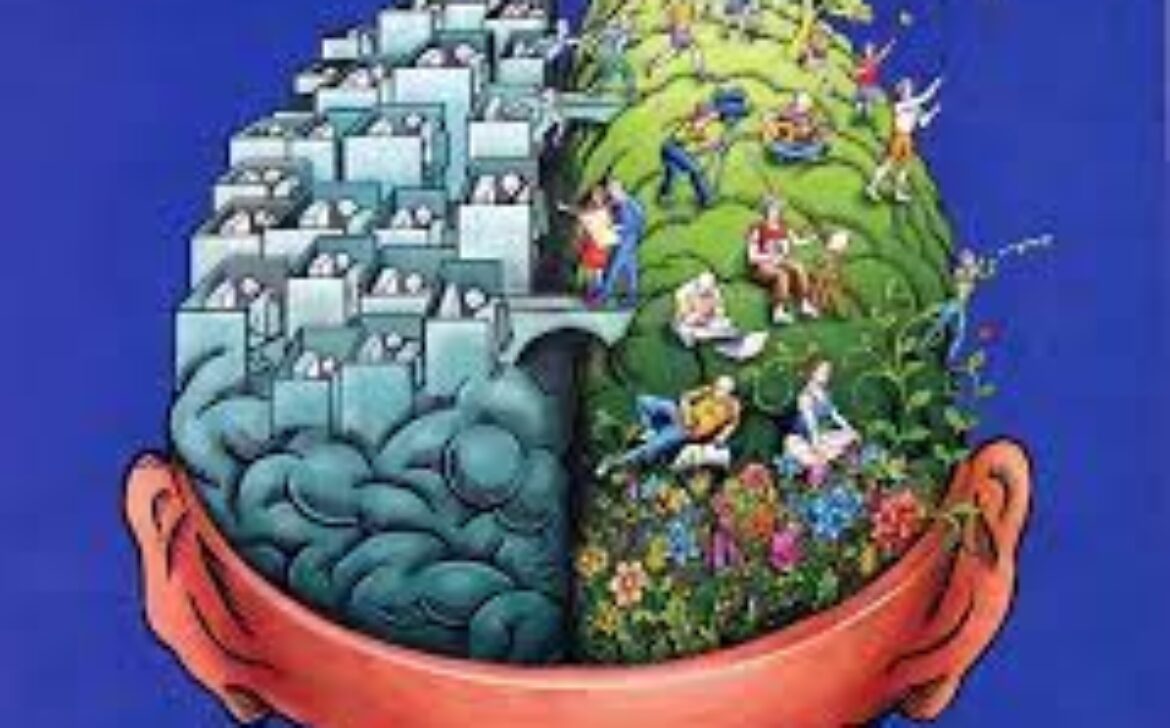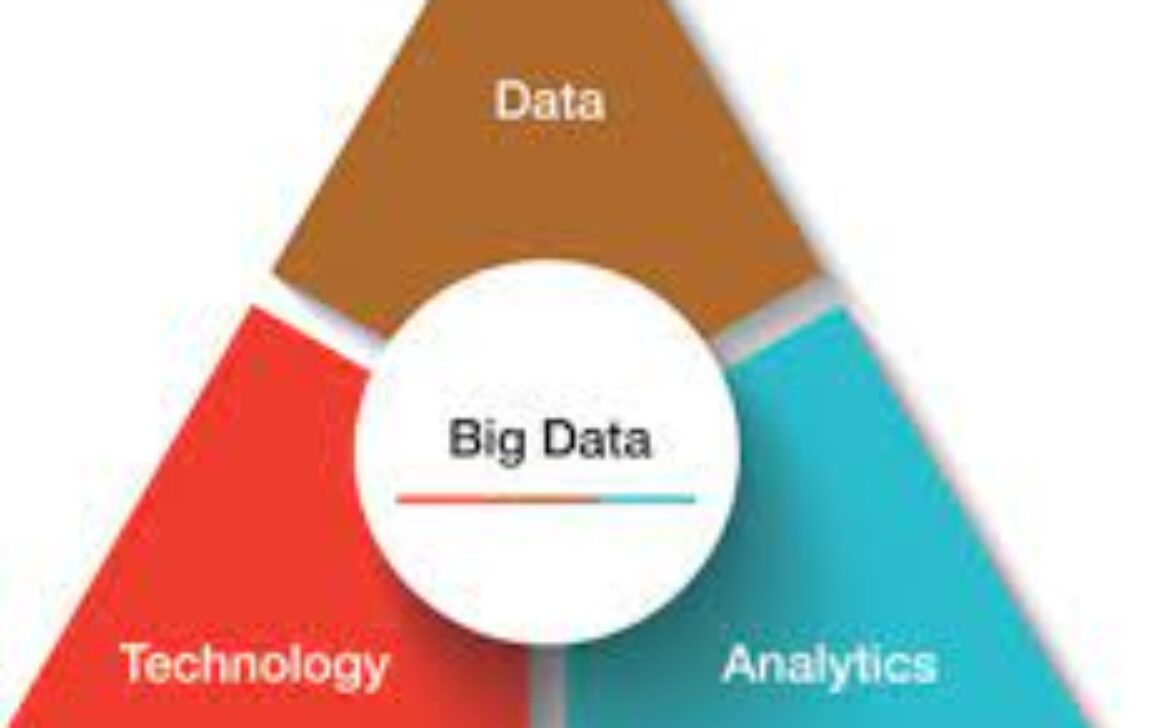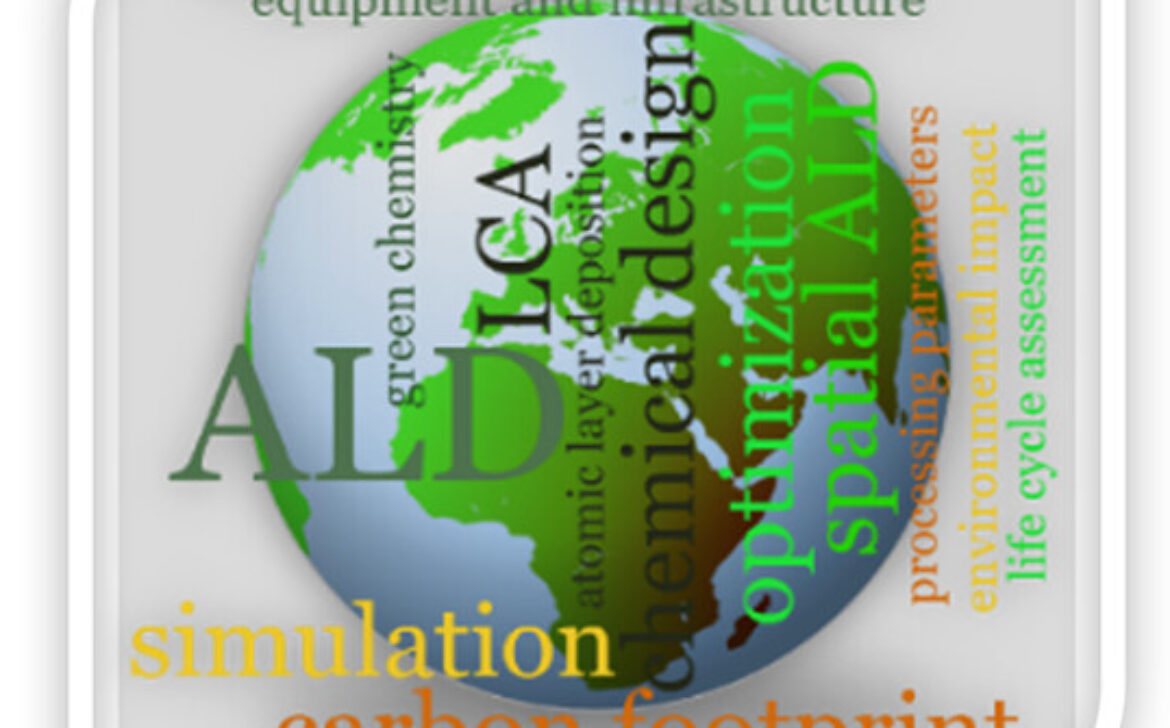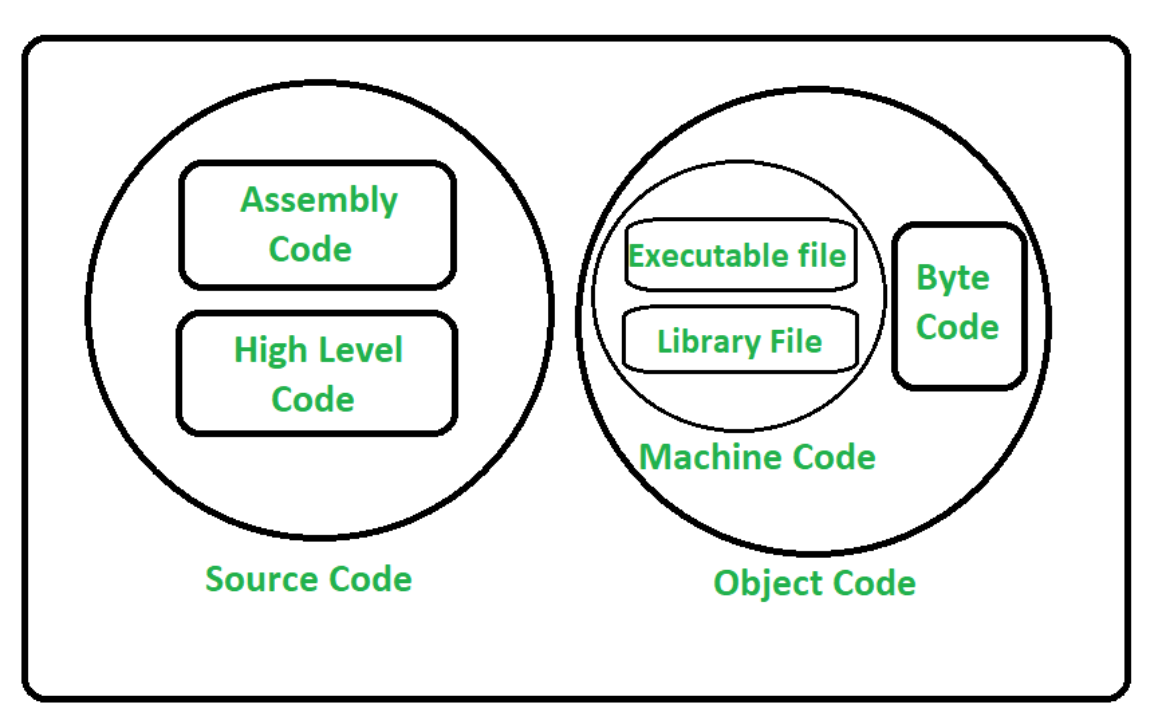The Art of Language Learning: Benefits, Techniques, and Digital Tools
Introduction:
Language, a harmonious bridge uniting cultures, holds the key to endless possibilities. This blog voyage embarks on the enchanting journey of language learning, uncovering its manifold advantages, proven techniques, and digital tools that expedite mastery. Immerse yourself in the symphony of linguistic exploration, where each word carries cultural hues and new perspectives.
- Unveiling the Benefits of Language Mastery
Beyond communication, languages offer a treasure trove of advantages. Improved cognition, problem-solving skills, and cultural empathy are companions of language acquisition. A broader worldview and a deeper connection to global diversity are the gems waiting to be discovered through language learning.
- Strategic Techniques for Effective Learning
Mastering languages requires a blend of commitment and strategy. Dive into immersive environments, both cultural and conversational, to accelerate proficiency. Dedicate consistent time daily to witness steady progress. Employ mnemonic devices to enhance memory retention and embrace errors as stepping stones to proficiency.
- Digital Allies in Language Learning
In the digital era, language learning apps and online resources revolutionize the learning landscape. Duolingo, Rosetta Stone, Babbel, and Memrise offer interactive lessons, real-world scenarios, and immediate feedback, creating tailored learning experiences that cater to diverse preferences and styles.
- Language Learning: A Cultural Portal
Languages are windows to culture’s vibrant tapestry. With each language acquired, cultural connections deepen. Engage genuinely with locals, savor literature and films in their original splendor, and travel with a newfound sense of immersion, bridging the gap between you and the world.
- Overcoming Challenges, Embracing Victories
While the journey isn’t without challenges, every hurdle is a stepping stone. Navigating unfamiliar sounds and grammatical structures demands patience. Persevere through plateaus, maintaining unwavering practice. Each milestone—a fluent conversation or reading in a foreign tongue—is a testament to your dedication.
Conclusion
Language learning isn’t just a skill; it’s an expedition into the unknown, unlocking worlds within worlds. Beyond the functional utility lies an odyssey of personal growth, cultural resonance, and cognitive enrichment. Whether the allure lies in the lyrical charm of French, the melodic cadence of Spanish, or the intricate characters of Mandarin, embarking on this linguistic voyage envelops you in a cultural symphony, leaving you forever transformed.










